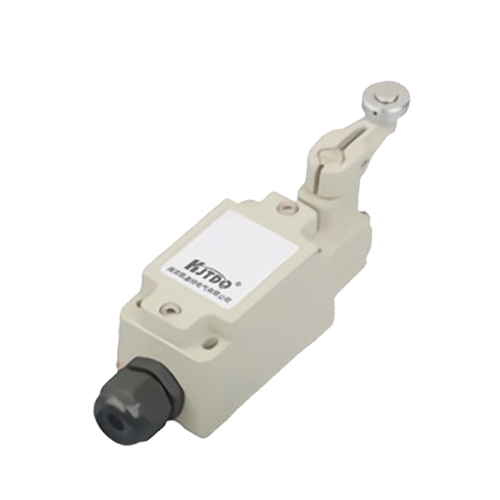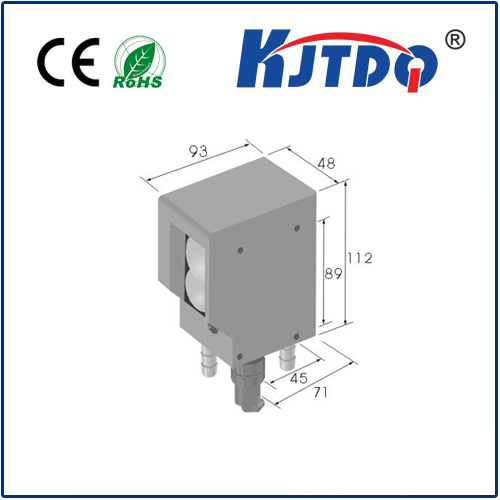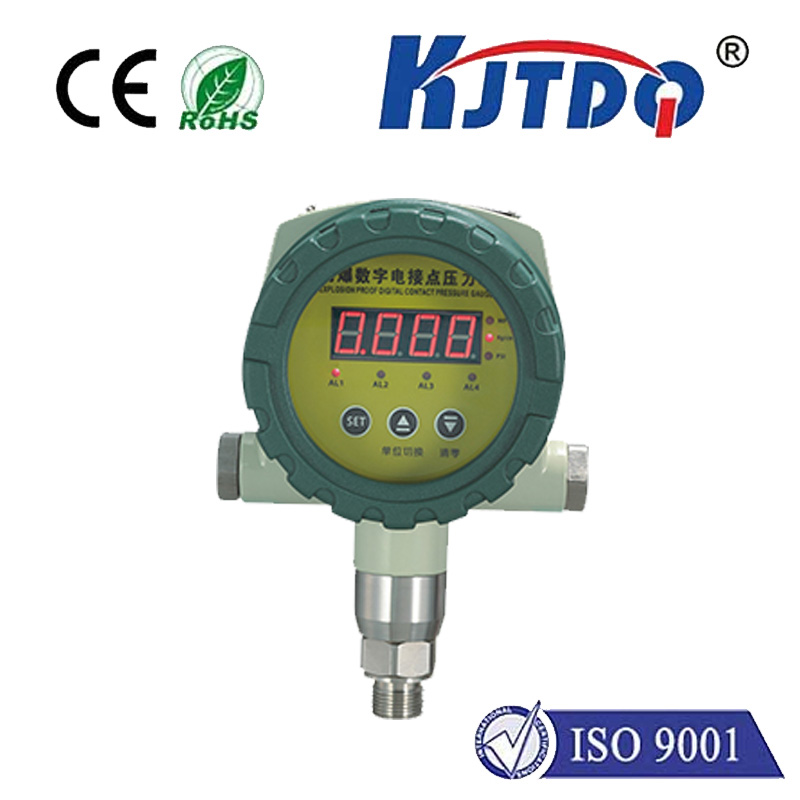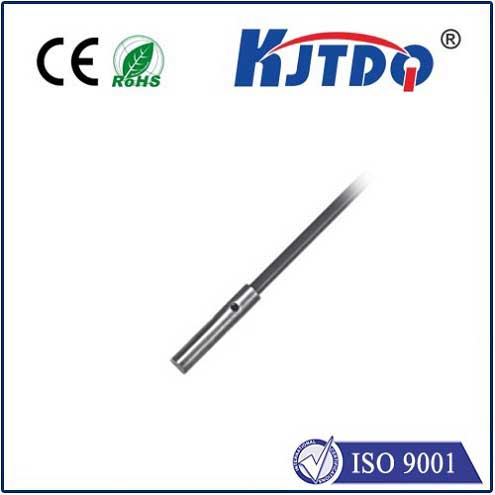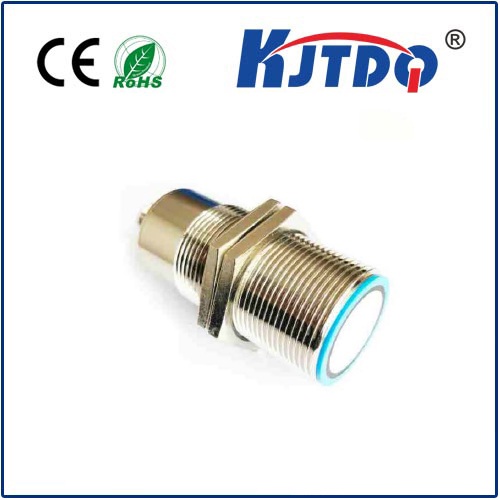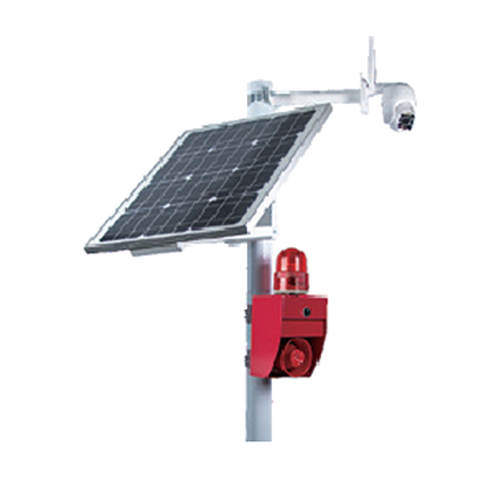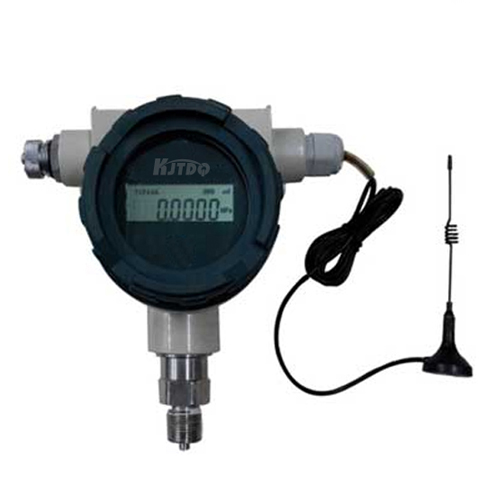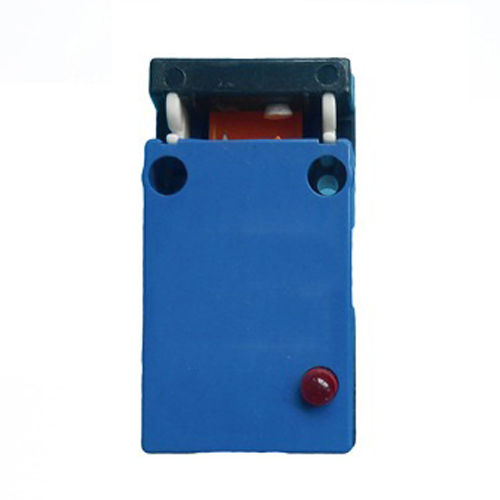cylindrical inductive proximity sensor
- time:2025-09-07 04:06:33
- Нажмите:0
Harnessing Metal Detection: Your Complete Guide to Cylindrical Inductive Proximity Sensors
Imagine a robotic arm smoothly plucking metal components off a conveyor belt, an automated packaging line flawlessly counting cans, or heavy machinery halting instantly when a metal guard is opened. These feats of automation often rely on a silent, robust workhorse: the cylindrical inductive proximity sensor. This fundamental component is a cornerstone of modern industrial sensing, offering reliable, non-contact detection of metallic objects. Understanding its operation, strengths, and ideal applications is key to optimizing countless automated processes.
The Core Principle: Sensing Without Touch
At its heart, a cylindrical inductive proximity sensor operates on the principle of electromagnetic induction. Within its typically rugged metal (like stainless steel or nickel-plated brass) housing lies an oscillator circuit generating a high-frequency electromagnetic field. This field radiates from the active face of the sensor.
When a ferrous (iron-based) or non-ferrous (like aluminum, brass, copper) metal target enters this field, it disrupts the electromagnetic flux. This disruption induces tiny circulating electrical currents called eddy currents within the target metal. These eddy currents absorb energy from the sensor’s oscillating field.

- The Key Reaction: This energy absorption causes a measurable dampening (reduction) in the amplitude of the sensor’s oscillator.
- Signal Processing: An internal circuit continuously monitors this oscillator amplitude. When the damping exceeds a predefined threshold – meaning the target is within the specified sensing range – the sensor triggers a state change in its output circuit.
- Output Action: This state change typically means switching a solid-state output (like an NPN or PNP transistor) to either “On” (conducting) or “Off” (non-conducting). This electrical signal is then fed into a controller (PLC, microcontroller), indicating the presence or absence of the metal target.
Why Cylindrical? Defining Features and Advantages
The cylindrical form factor isn’t arbitrary; it offers distinct benefits crucial for industrial environments:
- Прочная структура: The tubular design, often featuring stainless steel housing, provides exceptional mechanical strength and resistance to impact, vibration, and physical stress.
- Simplified Installation: Cylindrical sensors are designed for easy mounting via threaded barrels. Common thread standards like M8, M12, M18, and M30 allow quick and secure installation into matching threaded holes or mounting brackets. Many feature mounting nuts for easy positioning and locking.
- Effective Shielding: The metallic housing typically acts as a shield, directing the sensing field primarily forward from the face. This shielding helps minimize the influence of surrounding metal (like the mounting structure) and enhances the sensor’s directionality, focusing detection on the intended target area.
- Excellent Sealing: Cylindrical sensors are renowned for their superior environmental protection. Standard IP67 and IP68 ratings are common, meaning they are completely dust-tight and can withstand temporary immersion (IP67) or continuous submersion (IP68) in water. Higher ratings like IP69K exist for resistance to high-pressure, high-temperature washdowns common in food & beverage or pharmaceutical industries.
- Straightforward Wiring: Connection is usually via a pre-attached flexible cable or a connector (like M8 or M12 connectors), simplifying integration into control panels and machinery.
Where Cylindrical Inductive Proximity Sensors Shine: Key Applications
Their durability, reliability, and non-contact nature make cylindrical inductive sensors indispensable across diverse sectors:
- Position Verification: Confirming the presence or absence of metal parts in fixtures, on pallets, or at the end of actuator strokes (e.g., cylinders extended/retracted).
- Object Counting: Reliably counting metallic items passing on a conveyor (bottlecaps, cans, machined parts).
- End-of-Travel Detection: Safely signalling when a machine axis or moving part (like a lift or slide) reaches its limit.
- Speed Monitoring: Detecting the teeth of a rotating metal gear or sprocket to calculate RPM.
- Machine Safety: Interlocking guards – detecting if a metal safety door or hatch is securely closed before allowing machine operation.
- Hydraulic/Pneumatic Systems: Monitoring piston position within metal cylinders.
- Robotics: Detecting end-effector positions or workpiece presence.
- Перевозка материалов: Detecting metal pallets, trolleys, or bins in automated guided vehicles (AGVs) and storage systems.
- Metalworking Machinery: Tool break detection, workpiece presence, and position control in CNC machines, stamping presses, and assembly lines.
Choosing the Right Sensor: Factors to Consider
Selecting the optimal cylindrical inductive proximity sensor requires careful consideration:
- Target Material: While detecting both ferrous and non-ferrous metals, ferrous targets generally provide a longer sensing range. The sensor’s specifications will list its nominal range for a standard mild steel target. Reduction factors apply for non-ferrous metals; e.g., an aluminum target might be detected at only 40-60% of the rated steel sensing distance.
- Sensing Distance (Sn): Choose a sensor whose specified nominal range comfortably exceeds the actual required working distance from the target. Account for mounting tolerances and potential vibrations. Never operate the sensor at its absolute maximum theoretical detection limit.
- Housing Material & Size: Нержавеющая сталь offers maximum corrosion resistance. Nickel-plated brass is common and cost-effective where corrosion is milder. Thread size (M8, M12, M18, M30) is dictated by the mounting hole and required sensing range (generally, larger barrel = longer range). Flush mount vs. non-flush mount designs: Flush-mount sensors (shielded) can be installed embedded in metal, while non-flush (unshielded) offer slightly longer range but require clearance around the sensing face.
- Environmental Requirements: Ensure the IP rating (IP67, IP68, IP69K) matches the environment (dust, splashes, washdown, immersion, oils).
- Electrical Output: Select the correct output type for your controller’s input card:
- NPN Output: Switches the negative (0V) line. Typically used with PLCs sourcing input cards.
- PNP Output: Switches the positive (+V) line. Typically used with PLCs sinking input cards.
Also, consider whether you need Normally Open (NO), Normally Closed (NC), or switching contacts.
- Operating Voltage: Ensure compatibility with your system’s DC voltage (commonly 10-30V DC, though wider ranges exist).
- Special Features: Consider needs like high-temperature variants, or sensors designed for extreme shock/vibration environments.
The Unseen Enabler of Reliable Automation
The cylindrical inductive proximity sensor may seem like a simple component, but its impact is profound. Its non-contact operation eliminates wear and tear, ensuring long service life. Its inherent ruggedness allows it to thrive in the demanding environments of factories, warehouses, and processing plants. The combination of high reliability, simple installation, and robust environmental sealing makes it a go-to solution for innumerable metal detection tasks.
From ensuring safety interlocks function correctly to guaranteeing parts are in place for assembly, or counting products with precision, these sensors provide the essential feedback loops that keep automated systems running smoothly and efficiently. Understanding their working principles, characteristics, and selection criteria empowers engineers and technicians to leverage these vital components

